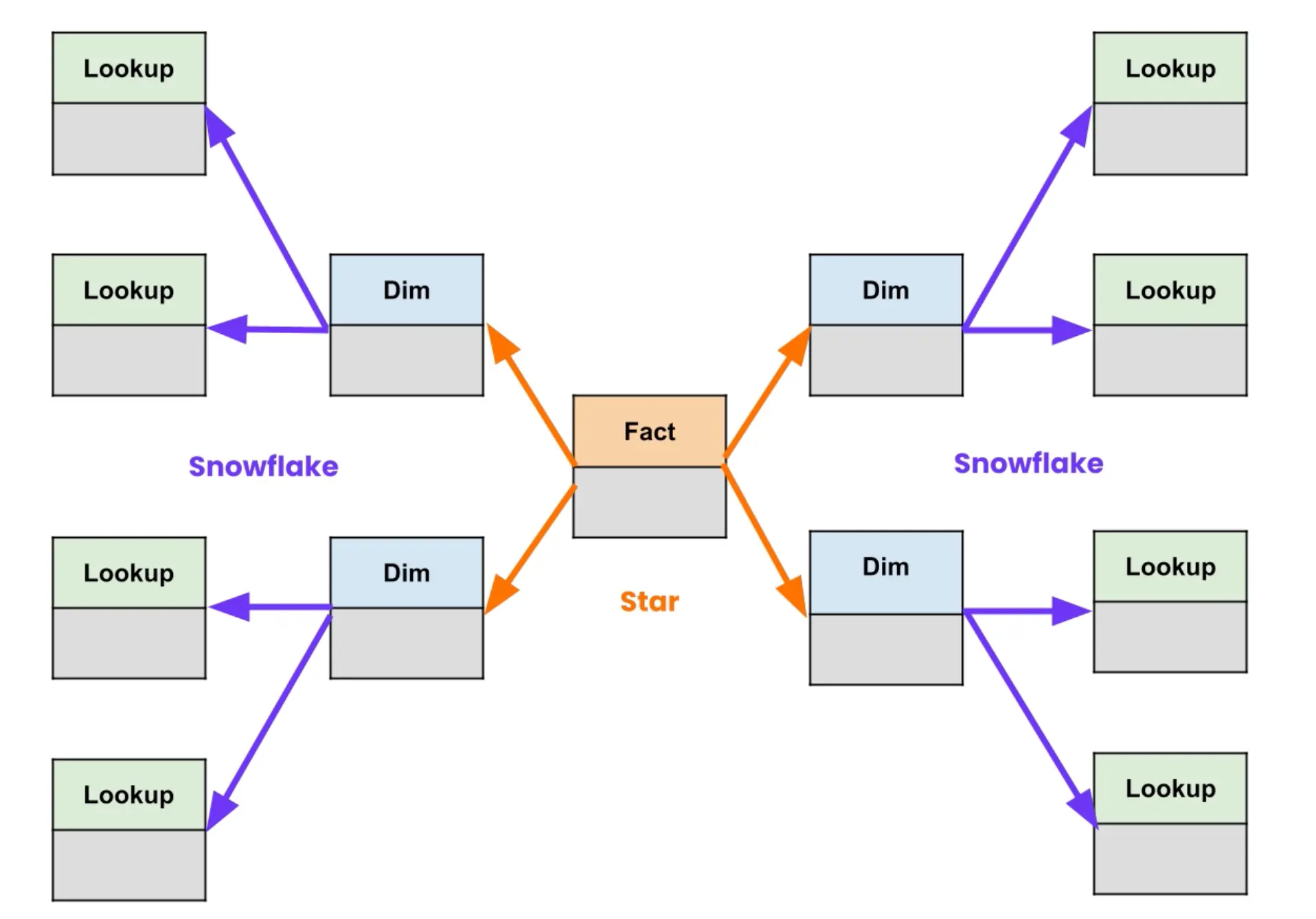The explosion of tools like dbt has transformed data engineering, making it easier than ever to create data pipelines. But this convenience comes with a risk: rapid development can lead to fragile, one-off models that are hard to maintain as your business grows. To build analytics that endure, you need to step back and intentionally design robust data models that can evolve over time.
Understanding dbt Models Versus Data Models
Many teams confuse dbt models, the transformation scripts that move and shape data, with the larger concept of data models. While dbt models are individual building blocks, a true data model is the strategic blueprint that defines how your organization’s data is structured, connected, and stored. Successful data architecture starts with clarity about how these two layers interact to serve broader business objectives.
Exploring Data Modeling Approaches
Data modeling spans a spectrum, from highly normalized to fully denormalized structures. Four major approaches include:
- Third Normal Form: Minimizes redundancy and is efficient for storage, but querying for analytics can be complex.
- Data Vault: Tracks historical data and scales well, though it’s more complicated to set up and analyze.
- Dimensional Modeling: Structures data for analytics, aligning with business needs and BI tools.
- One Big Table: Offers simplicity and fast reads, but quickly becomes unwieldy and redundant as data scales.

Image Credit: dbt Labs
There’s no universal solution and most organizations I've worked in combine these strategies to balance raw data capture, auditability, and analytical performance.
Why Dimensional Modeling Shines with dbt
Dimensional modeling is especially effective for analytics, and it pairs well with popular business intelligence platforms. Originating from the Kimball Group, this approach structures data intuitively, aligning with how business users think. Key advantages include:
- Business alignment: Models reflect real-world business processes and language.
- Simplified data: Clear, user-friendly naming and organization.
- Single source of truth: Reduces duplication and confusion.
- Optimized for BI tools: Integrates smoothly with Tableau, Power BI, and others.
Turning Business Needs into Dimensional Models
Dimensional models separate facts (measurable events) from dimensions (descriptive context). Fact tables record actions like sales, while dimensions provide the who, what, and when such as customer, product, or date. These relationships form a star schema, prized for its simplicity and analytic efficiency.
This is the most common type of data organization I handle for institutional and educational customers. The relationships are easy to flush out and proper setup means you slice the data from multiple perspectives to gain deeper knowledge into your processes.

Image Credit: dbt Labs
Start by capturing data at the lowest detail needed, then build out dimensions that support flexible slicing and filtering. For example, a time dimension might include every way your business analyzes dates, enabling robust reporting and trend analysis.
Using dbt to Build Scalable, Analytics-Ready Models
dbt encourages modular, reusable, and well-tested transformations. By layering your project—moving from raw data, to staging, to intermediate layers, and finally to marts—you can iteratively refine your data model. dbt’s built-in testing and documentation features help catch issues early and keep your models aligned with changing business needs, while the dependency graph clarifies relationships between models.
The Kimball Bus Matrix: A Roadmap for Modeling
The bus matrix is a practical planning tool that maps business processes (future fact tables) against the dimensions they require. Built through collaboration with stakeholders, it keeps both business and technical teams aligned and ensures your models cover current and future requirements.

Business Process Matrix, credit: dbt Labs
Best Practices for Sustainable Data Modeling
- Start w/ business needs: Every model should answer practical business questions.
- Define the right grain: Model at the appropriate level of detail to avoid rework.
- Conform dimensions: Build shared dimensions once for consistency across models.
- Keep it simple: Prioritize clarity over unnecessary complexity.
- Handle slowly changing dimensions: Decide which data needs historical tracking.
- Plan for evolution: Establish clear processes for updating and extending models.
- Use SQL: SQL’s ubiquity ensures your models are portable and accessible to your team.
Invest in Thoughtful Design
Lasting data success depends on deliberate modeling from the start. Thoughtful design today prevents costly overhauls tomorrow, allowing your data architecture to grow with your business and adapt to new challenges. In a constantly evolving analytics landscape, resilient data models are the foundation of future-proof decision making.

How to Build Data Models That Last: Lessons from dbt and Dimensional Modeling